NOTE: We get a lot of questions about positive vs negative numbers. In general, a positive number takes place when the metric is ascending or pointing to the right. A negative number takes place when the metric is descending or pointing to the left.
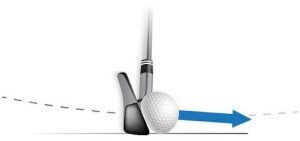 Attack Angle: At the moment of impact, your club head could be ascending (hitting up on the ball), perfectly flat or level, or descending (hitting down on the ball).
Attack Angle: At the moment of impact, your club head could be ascending (hitting up on the ball), perfectly flat or level, or descending (hitting down on the ball).
- Hitting up on the ball results in a positive number.
- Hitting down shows a negative number.
Ball Speed: How fast (in miles per hour) is the ball traveling right after impact?

 Curve:
Curve: 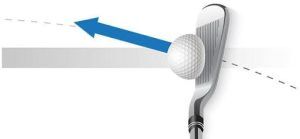 Club Path:
Club Path: Carry:
Carry: 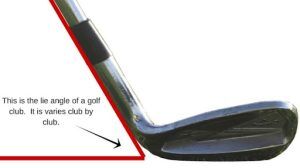 Dynamic Lie:
Dynamic Lie: 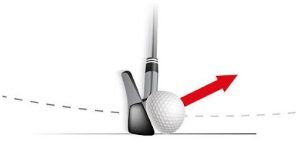 Dynamic Loft:
Dynamic Loft: Face Angle:
Face Angle: 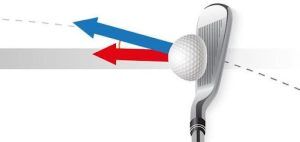 Face to Path:
Face to Path:  Height:
Height:  Impact Height:
Impact Height:  Landing Angle:
Landing Angle: 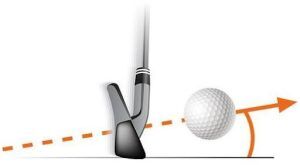 Launch Angle:
Launch Angle:  Launch Direction:
Launch Direction: 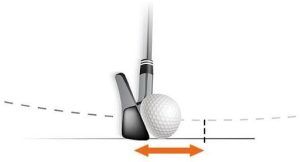 Low Point:
Low Point: 
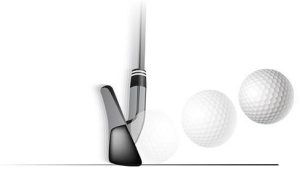 Smash Factor:
Smash Factor: 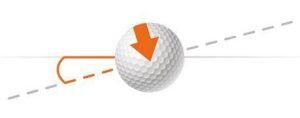
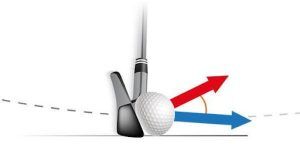 Spin Loft:
Spin Loft: 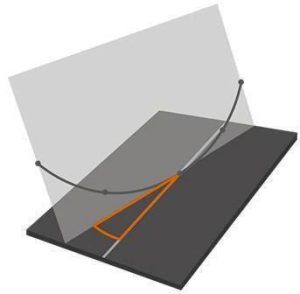 Swing Direction:
Swing Direction:  Total:
Total: